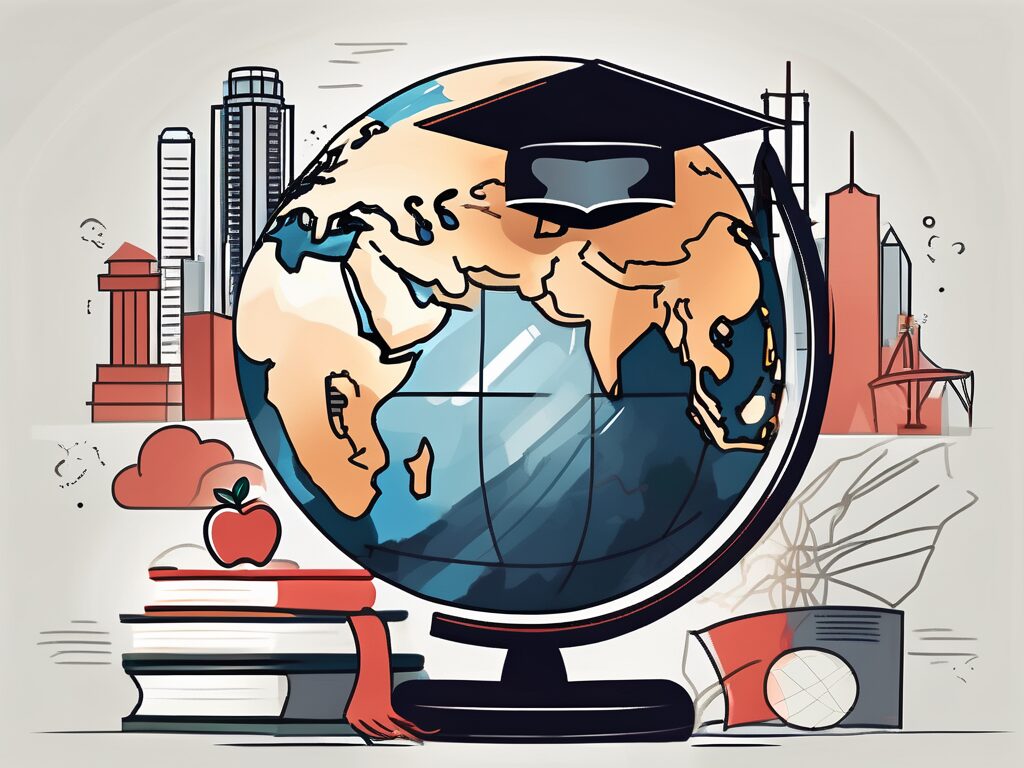html
4 Modern Teaching Techniques with a Master’s in Education
In today’s rapidly evolving educational landscape, the role of educators is more critical than ever. With the advent of technology and diverse learning needs, teachers must adapt and innovate to engage their students effectively. This blog post explores four modern teaching techniques that can be enhanced by obtaining a Master’s in Education. Whether you’re a seasoned educator or just starting your teaching career, these strategies will not only enrich your teaching practice but also empower your students to thrive.
1. Flipped Classroom: Transforming Traditional Learning
The flipped classroom model is a revolutionary approach that inverts traditional teaching methods. Instead of introducing new content in class, students learn at home through videos and online resources, while class time is dedicated to discussions, problem-solving, and hands-on activities. This technique fosters a more interactive and engaging learning environment.
Research shows that the flipped classroom can lead to improved student performance and satisfaction. According to a study published in the Journal of Educational Psychology, students in flipped classrooms reported higher levels of engagement and understanding compared to traditional settings.
To implement this technique effectively, educators can:
- Create or curate high-quality video content that aligns with the curriculum.
- Encourage students to come prepared with questions and topics for discussion.
- Utilise class time for collaborative projects and peer-to-peer learning.
2. Project-Based Learning: Engaging Students Through Real-World Challenges
Project-Based Learning (PBL) is an instructional approach that encourages students to learn by engaging in real-world projects. This technique not only enhances critical thinking and problem-solving skills but also fosters collaboration and communication among students.
According to the Buck Institute for Education, PBL can lead to deeper learning and retention of knowledge. Students are more likely to remember concepts when they apply them in practical situations.
To effectively implement PBL, educators should:
- Design projects that are relevant to students’ lives and interests.
- Encourage student autonomy by allowing them to choose their project topics.
- Incorporate reflection and feedback sessions to enhance learning outcomes.
3. Differentiated Instruction: Meeting Diverse Learning Needs
In any classroom, students come with varying backgrounds, abilities, and learning styles. Differentiated instruction is a teaching philosophy that tailors instruction to meet the diverse needs of all students. This approach ensures that every learner has access to the curriculum and can achieve their full potential.
According to a report by the George Lucas Educational Foundation, differentiated instruction can significantly improve student engagement and achievement. By recognising individual strengths and weaknesses, educators can create a more inclusive learning environment.
To implement differentiated instruction, educators can:
- Assess students’ learning styles and preferences through surveys or assessments.
- Provide multiple avenues for students to demonstrate their understanding.
- Group students strategically for collaborative learning experiences.
4. Technology Integration: Enhancing Learning Through Digital Tools
Incorporating technology into the classroom is no longer optional; it is essential. Technology integration enhances learning experiences and prepares students for a digital world. From interactive whiteboards to educational apps, the possibilities are endless.
A study by the Education World found that technology integration can lead to increased student motivation and engagement. When students use technology to create, collaborate, and communicate, they become active participants in their learning journey.
To effectively integrate technology, educators should:
- Choose tools that align with learning objectives and enhance student engagement.
- Provide training and support for both teachers and students to use technology effectively.
- Encourage students to use technology for research, collaboration, and creativity.
Conclusion
Modern teaching techniques such as the flipped classroom, project-based learning, differentiated instruction, and technology integration are essential for creating an engaging and effective learning environment. By pursuing a Master’s in Education, educators can deepen their understanding of these strategies and enhance their teaching practice. The knowledge and skills gained through advanced education empower teachers to meet the diverse needs of their students and prepare them for success in an ever-changing world.
Empower Your Teaching Career with IPGCE
As we strive for a more inclusive education system in Malaysia, the role of qualified and well-trained educators becomes increasingly crucial. IPGCE is dedicated to supporting teachers in their professional journey, offering the International Postgraduate Certificate in Education (iPGCE) to enhance qualifications and open doors to international teaching opportunities. With our program, you can expect a significant increase in interview callbacks, promotion rates, and salary. Plus, you’ll join a global network of educators, gain a deeper understanding of international curricula, and enjoy the flexibility of online study. Don’t let inadequate credentials or isolation hold you back. Join the UK’s #1 Teacher Training Course today and take a decisive step towards a fulfilling career in inclusive education.
For more insights on modern teaching strategies, check out our articles on Differentiated Instruction and Technology Integration in Education.
Connect with us on LinkedIn for more updates and insights!

